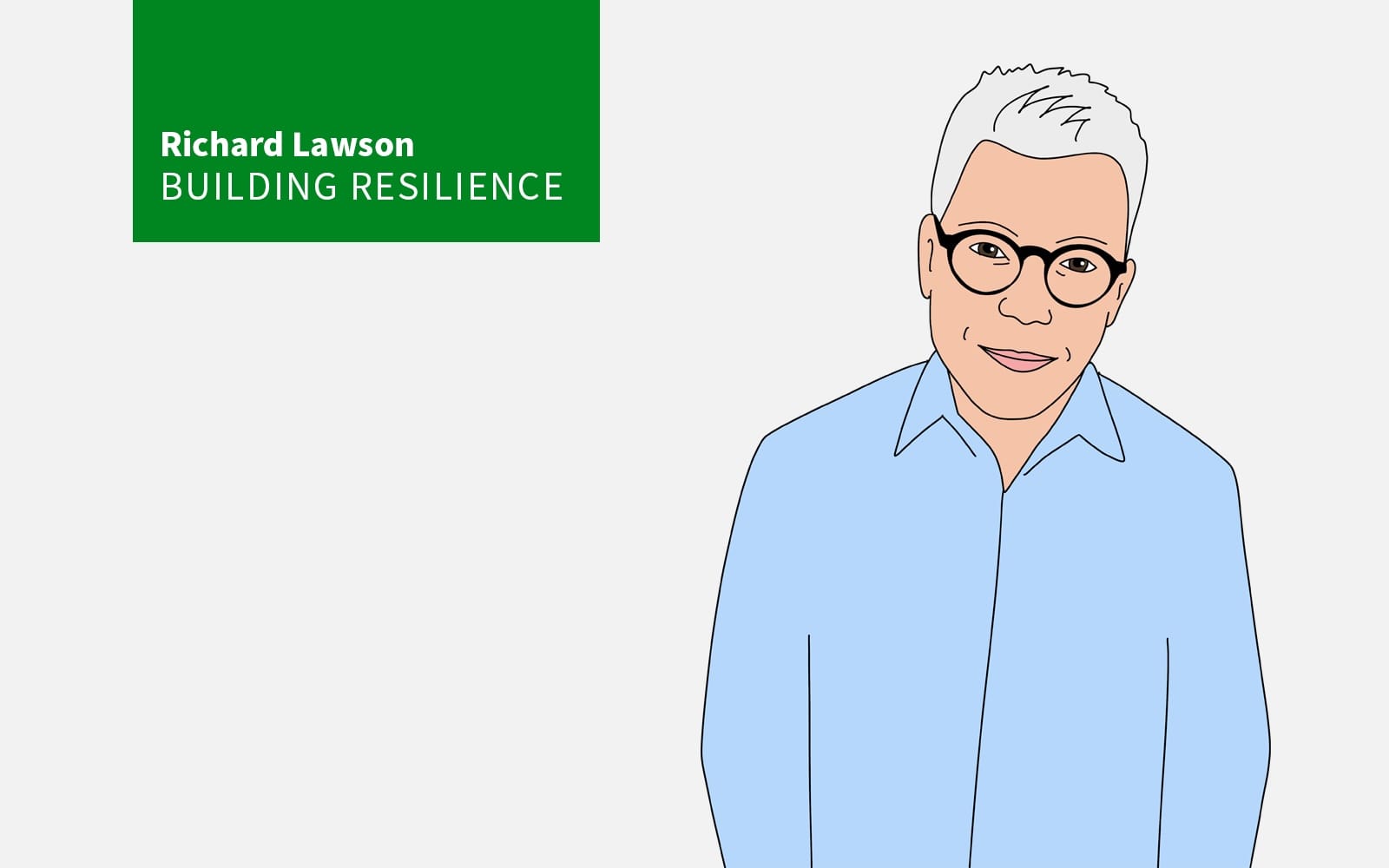Building Resilience
LA Rebuilds Come With Terrain, Code Costs Hiding In Plain Sight
Wildfire survivors in Los Angeles now face a second blow: costly landslide safety mandates and soaring insurance premiums, threatening the future of generational neighborhoods. TBD's Richard Lawson reports.

When wildfires swept through Los Angeles in January, hundreds of families lost homes that had stood for generations.
When the smoke cleared and the rebuilding process started, California sought to ease some regulations and accelerate permitting so owners could rebuild their homes quickly. They could build up to 110% of their original square footage.
Homeowners now face a new, double-whammy challenge. Not only must they adhere to strict fire codes, but they’re also hit with the steep costs and headaches of landslide safety rules — an issue that barely registered when their homes were built years ago.
Los Angeles has expanded landslide hazard zones over the past several decades, requiring costly mitigation measures for homes in areas deemed at risk of slope failure. These requirements can include extensive geotechnical assessments, reinforced foundations, and sophisticated drainage systems, costs that can easily run into six figures, according to experts.
Owners of older homes, often passed down to family members, now face the stark choice of paying for expensive upgrades not covered by standard insurance or selling the properties.
Zoltan Pali, founder and design principal for architecture firm SPF:a, notes that owners he knows who have lived there for 40 years and everything they had was in their home’s equity
These weren't cash-rich people, even though they lived in a nice neighborhood,” Pali said. “It was a different world 30, 40 years ago.”
Unintended Consequences of Safety
Los Angeles first set a site grading code in 1952. In 1963, the city made significant revisions to the landslide regulations in effect, including the requirement of grading reports before a building permit could be issued. This led to the implementation of strict rules for geologic checks, engineering supervision, and safe hillside construction, prioritizing landslide safety.
For decades, L.A. has required comprehensive geology and soils reports before permitting new construction or major renovations, as well as geotechnical studies to determine if a property falls within a mapped landslide or seismic hazard zone.
Anyone familiar with that area of the Palisades knows Potrero Canyon has a history of massive mudslides, especially in the 1950s, 60s, and 70s,” Pali says.
The city has mapped and color-coded these landslide zones according to severity.
The maps look almost cartoonish—just lines filled with orange or yellow—and your property either falls within a zone or doesn’t,” Pali says. “Some of these soil reports are 40, 50, even 60 years old, and the city has compiled a lot of data from them.”
He adds that the information has given the city a better geometric understanding of where landslides have occurred and could occur in the future.
Surprising Requirement Now
Pali says he learned about the requirement for geotechnical reports on rebuilds from his consultant on a city public works engineering job.
He pointed out that when the guidance for rebuilding first came out, everyone was focused on the ‘110 percent’ rule and similar requirements, but then a new caveat was added—if your property is within a mapped landslide zone, you have to take extra steps,” he says.
New geotechnical reports may not always be mandatory if the original foundation is reused and meets previous standards. However, owners must get updated soil and geotechnical reports if the rebuild involves a new or heavier structure, a slope, or a high-risk area.
Josh Feffer of Feffer Geological Consulting, Pali’s consultant on the public project, says homes built since 2005 will have an easier time meeting geotechnical standards. Older ones won’t, and the time and cost may deter owners from rebuilding.
Insurance may be of little help. California’s insurance landscape has shifted dramatically because of repeated wildfires. Many insurers have raised premiums or stopped writing new policies in high-risk areas altogether.
Securing adequate coverage, especially for landslide risk, has become more expensive and complicated for those rebuilding. Even with insurance, many mitigation costs remain out of pocket.
Properties located within landslide zones often face unique challenges that can influence their marketability and long-term value,” according to an analysis by The Disclosure Report. “Homes in high-risk areas may see lower demand, reducing property prices. Standard homeowners’ insurance typically does not cover landslides, requiring additional specialized coverage.”
California regulators are responding by allowing insurers to use advanced catastrophe modeling to set rates more accurately, and by requiring companies to offer discounts for homes that meet fire-hardening standards.
These changes are expected to bring some insurers back to the market, but experts warn that homeowners must act quickly to upgrade their properties if they hope to benefit from improved coverage options.
Solutions are Few
Changes in the insurance environment may be too late for current homeowners who have to meet geotechnical standards if they choose to rebuild.
Feffer says that many owners will sell, changing the nature of the old neighborhoods.
How many people above 70 want to go through a four-to-five-year process to rebuild?” he says.
Generally, owners, whether they were on a hillside or not, have listed their properties for sale in the fire-damaged areas. According to Westside Current, nearly 300 homes and empty lots are for sale in the Pacific Palisades.
The prices for what is now an empty lot run into seven figures. Sotheby’s International Realty, for example, has a .12-acre site listed for $2.35 million.
Pali wants a different solution that doesn’t mean selling.
I hope the geotechnical engineers are starting to work with them and are trying to bring a bit of sanity—or maybe common sense and compassion—into the process,” he said. “It would be great if they could ask, ‘What can we do to help get these folks back to where they need to be?’”
MORE IN Building Resilience
Los Angeles Halts SB 9 Light-Density Housing in Fire Zones
Los Angeles’ emergency order blocks Senate Bill 9 lot-splits in fire-ravaged Pacific Palisades, restoring the single-family pattern that existed before the January inferno. The move underscores tensions between state housing law and local disaster realities.
Building For Tomorrow Today: Neighborhood Scale Resilience
How IBHS’s Fred Malik and the FORTIFIED program are redefining risk, reshaping design, and restoring trust through science-backed, community-wide resilience. Malik takes a deep dive into the issues and implications for builders with contributor Richard Lawson.
Rebuilding After Fire: Can Hempcrete Help Future-Proof Homes?
Los Angeles grapples with rebuilding after January’s devastating fires. One Idaho company thinks hemp-based materials could be the future of resilient home construction.
